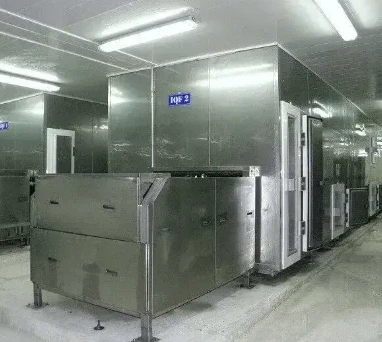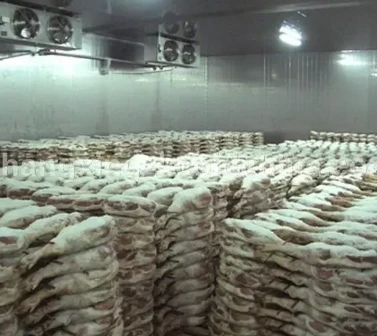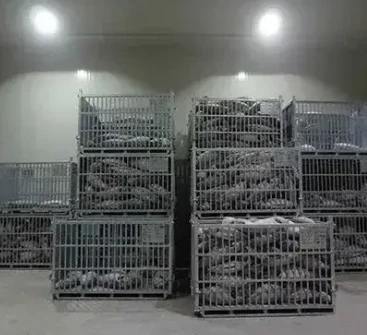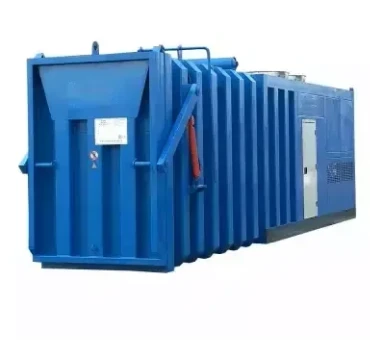Considerations for Efficient Management of Cold Storage Facilities for Tuna and Other Seafood Products
The Importance of Tuna Cold Storage
Tuna is one of the most sought-after fish species globally, prized for its flavor, nutritional value, and versatility. As a staple in many cuisines, especially in regions bordering the ocean, tuna is consumed fresh, canned, or prepared in various dishes. However, to maintain its quality and safety, particularly during transportation and storage, proper cold storage practices are essential.
The Importance of Tuna Cold Storage
The cold storage of tuna begins at the point of capture. Once caught, tuna must be rapidly cooled to maintain its freshness. Fishermen typically use ice or refrigerated seawater to lower the external temperature of the fish. This initial step is crucial as it slows down the metabolic processes that lead to spoilage. Most species of tuna, such as bluefin and yellowfin, thrive in cold waters, and mimicking those conditions post-capture is vital for maintaining quality.
tuna cold storage
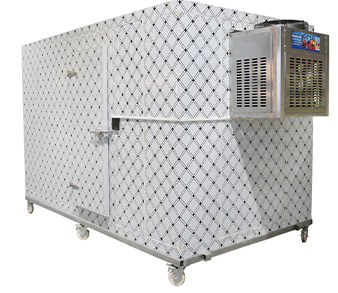
Once the fish is brought to harbor, it enters the processing phase, where cold storage plays a central role. In modern fisheries, specialized facilities equipped with advanced refrigeration technologies ensure that tuna is kept at optimal temperatures throughout processing. This often involves blast-freezing tuna to preserve its quality. By maintaining the fish at temperatures below -20°C (-4°F), processors can inhibit bacterial growth and enzymatic activities, extending the fish's shelf life significantly.
Transportation is another critical aspect of tuna cold storage. After processing, tuna is commonly transported to markets or distributors, often spanning long distances. During this stage, maintaining the cold chain is essential. Refrigerated trucks or containers, often referred to as reefer units, are used to ensure that the tuna remains at a consistent, low temperature throughout its journey. Any break in this cold chain can result in spoilage, impacting both the quality and safety of the product.
Once the tuna reaches retail or restaurant environments, cold storage practices must continue. Commercial kitchens and grocery stores should employ refrigeration units that maintain the required temperatures to keep tuna safe for consumption. For consumers, it is equally important to store tuna correctly at home. Fresh tuna should be kept in the coldest part of the refrigerator and consumed within a couple of days, while frozen tuna can last for several months if stored properly.
In conclusion, the cold storage of tuna is a multifaceted process that begins from the moment the fish is caught and continues through processing, transportation, and retail. By maintaining the proper temperature throughout the entire supply chain, the quality and safety of tuna can be preserved, ensuring that this cherished seafood remains a flavorful and healthy option for consumers. As awareness of food safety and sustainability grows, the focus on efficient cold storage systems will be paramount in the tuna industry, benefiting both producers and consumers alike. Proper cold storage practices not only enhance the quality of tuna but also contribute to the overall success and sustainability of the seafood industry.













































































































